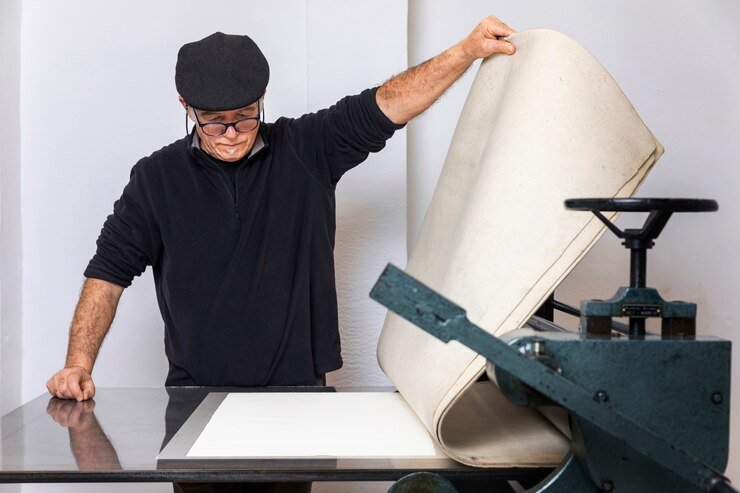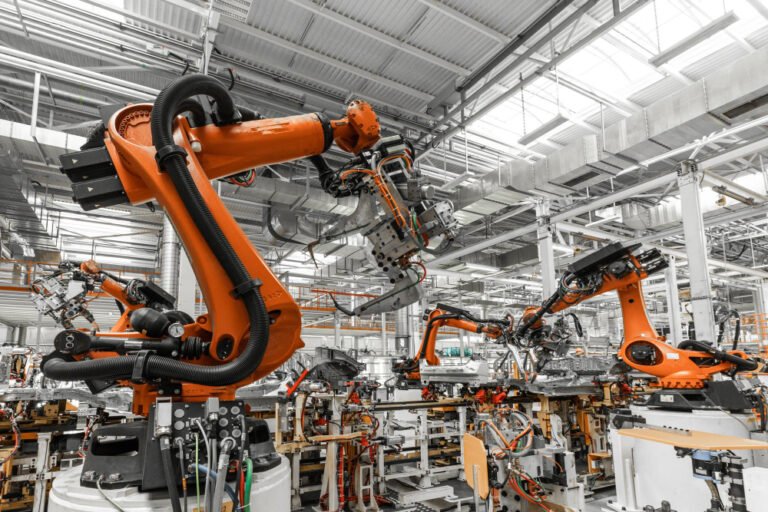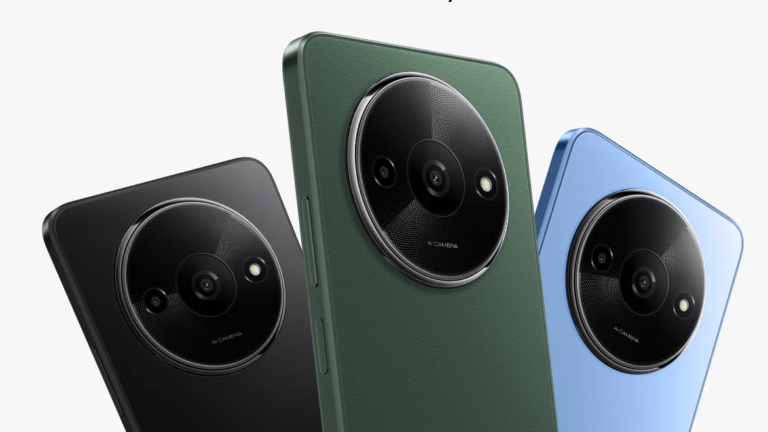Can You Use a Regular Printer for Sublimation? Explained!
Can You Use a Regular Printer for Sublimation? Explained!
Sublimation printing is a popular method known for producing vibrant and long-lasting designs. While this process typically requires a dedicated dye-sublimation printer, many people wonder if they can use a regular printer for sublimation. In this article, we’ll dive into sublimation printing, examine whether regular printers can be converted for sublimation, and explore the best options for this unique printing method.
What Is Sublimation Printing?
Sublimation printing is a process that transfers dye onto a variety of materials using heat. Unlike traditional printing methods, where the ink sits on top of the material, sublimation ink is converted into gas during the process and penetrates the surface. This produces durable, vibrant images that won’t crack, fade, or peel over time.
Sublimation printing is often used to personalize items like:
- Keychains, mugs, and phone cases
- Apparel such as T-shirts, hats, and pants (with at least 60% polyester)
- Home décor, including blankets, pillows, and curtains
Special ink, paper, and a compatible printer would be helpful for successful sublimation printing. This leads us to the big question: Can you use your existing regular printer for sublimation?
Can You Use a Regular Printer for Sublimation?
The short answer is yes – but with limitations. Sublimation printing with regular printers depends on the type of printer you have. Only specific models, typically from Epson, can be converted to handle dye sublimation printing. Here’s why:
- Printhead Technology
Regular printers, such as those from HP, Canon, Dell, and Lexmark, use thermal print heads. These printheads are incompatible with sublimation ink because the heat from the printhead could cause clogs or damage. In contrast, Epson inkjet printers use Micro Piezo print heads, better suited for sublimation ink since they don’t rely on heat to produce droplets.
- Ink Compatibility
When heated, sublimation ink is designed to turn into gas and bond with the material’s surface. This ink differs from regular inkjet cartridges intended to sit on paper or fabric. Therefore, using sublimation ink in regular inkjet printers with thermal print heads can lead to poor-quality prints and even damage the printer.
How to Convert a Regular Printer to a Sublimation Printer
If you have a compatible Epson printer, you can convert it for sublimation by following these steps:
- Purchase Sublimation Ink: Choose a high-quality sublimation ink compatible with your printer model.
- Install Sublimation Ink: Empty the existing ink cartridges or tanks, clean them, and fill them with sublimation ink.
- Adjust Printer Settings: Modify your printer settings to work with sublimation ink. To complete the process, you’ll also need a sublimation transfer paper.
- Use a Heat Press: After printing your design on sublimation paper, transfer it to your chosen material using a heat press.
While this conversion process is relatively simple, it’s important to note that converting a printer for sublimation often voids the printer’s warranty.
Best Printers for Sublimation Conversion
Many Epson printers, including EcoTank and WorkForce series models, are perfect for conversion. Here’s a list of compatible printers:
- Epson EcoTank ET-2720
- Epson EcoTank ET-2800
- Epson EcoTank ET-2850
- Epson WorkForce WF-3640
- Epson WorkForce WF-7710
These models use Micro Piezo print heads and can be easily converted to handle sublimation ink. However, it is essential to keep firmware updates in mind, especially for WorkForce printers. Firmware updates may prevent third-party ink cartridges from working correctly, so proceed cautiously when choosing this option.
What’s the Difference Between a Sublimation Printer and a Regular Inkjet Printer?
Before making any modifications, understanding the critical differences between sublimation printers and regular inkjet printers is crucial.
- Sublimation Printer
A sublimation printer uses specialized ink and a Micro Piezo print head to convert the ink into gas, bonding it with the material’s surface. This results in vibrant, high-quality, and durable prints. Sublimation printers are perfect for customizing items made of polyester fabrics or coated materials.
- Regular Inkjet Printer
A regular inkjet printer uses thermal print heads and water-based ink cartridges. It is designed for typical printing tasks, such as documents and images on regular paper. Attempting to use sublimation ink in a regular inkjet printer with a thermal print head can cause ink bleeding, clogs, and other issues.
Best Dedicated Sublimation Printers
If you prefer to avoid converting your regular printer to sublimation, invest in a dedicated sublimation printer. Here are some excellent options for small businesses and DIY enthusiasts:
- Sawgrass Virtuoso SG500
- Sawgrass Virtuoso SG1000
- Epson SureColor F170
- Epson SureColor F570 Pro
These printers are designed for sublimation printing and work out of the box with sublimation ink and transfer paper.
Frequently Asked Questions About Sublimation Printing
- Can you use sublimation ink in a regular printer?
No, regular printers with thermal print heads (e.g., HP, Canon) are incompatible with sublimation ink. Epson printers with Micro Piezo print heads can be converted for sublimation, but other brands will not work.
- Do I need special paper for sublimation printing?
Yes, a sublimation paper is required. Regular paper won’t absorb sublimation ink properly, resulting in poor print quality.
- What’s the difference between sublimation ink and regular ink?
When heated, sublimation ink transforms into gas and bonds with the material, while regular ink sits on the material’s surface. Sublimation ink produces more durable, vivid prints than regular ink.
Final Thoughts
While it’s possible to convert certain regular printers for sublimation printing, ensuring your printer is compatible with sublimation ink is crucial. Epson printers equipped with Micro Piezo print heads are generally the best option for conversion, but investing in a dedicated sublimation printer may offer better long-term results. Before attempting any modifications, consider the potential risks, including voiding your printer’s warranty.
By following the proper process and using the appropriate equipment, you can enjoy the benefits of sublimation printing for your DIY projects or small business needs.
By implementing these tips, you can confidently approach sublimation printing and explore its exciting possibilities.
Read More About Related Articles:
How to Set Up an Astrology Consultation Business.
How Do I Contact Hong Kong Reverse Technology? Step By Step Guide
Lucky Me I See Ghosts Hoodie: A Fashion Statement Beyond the Ordinary






